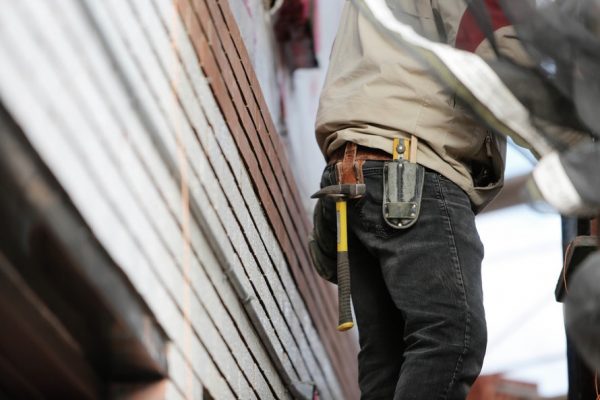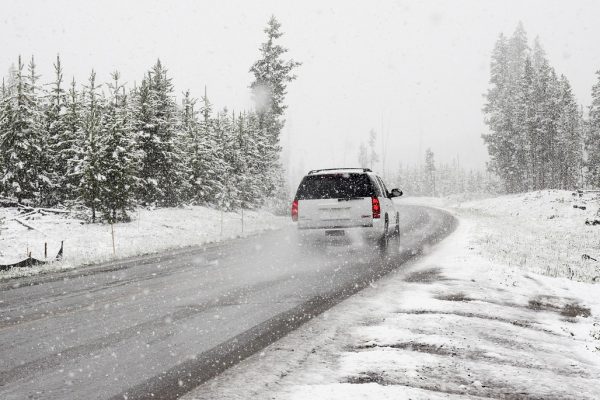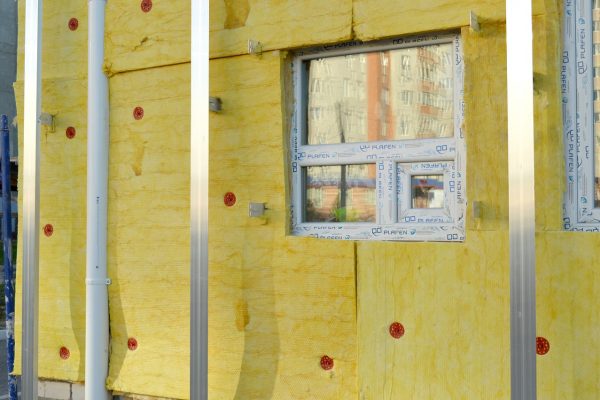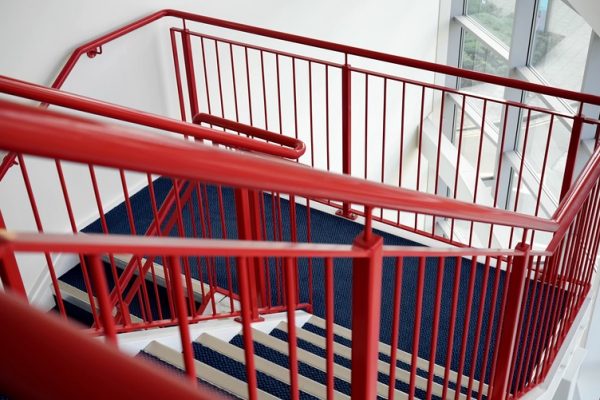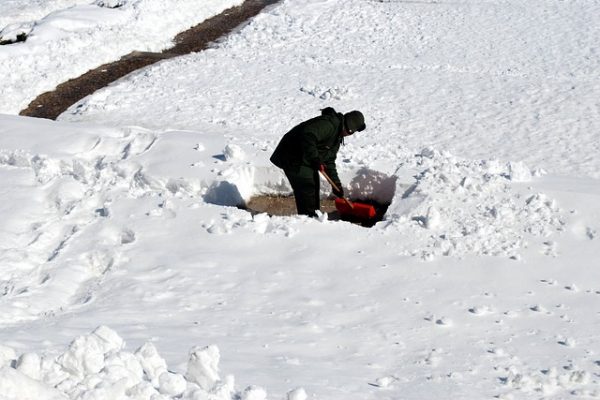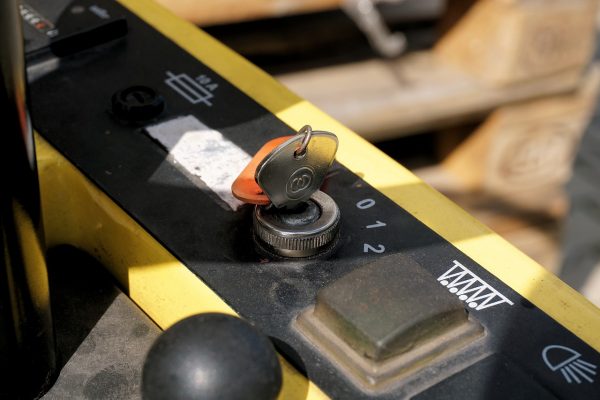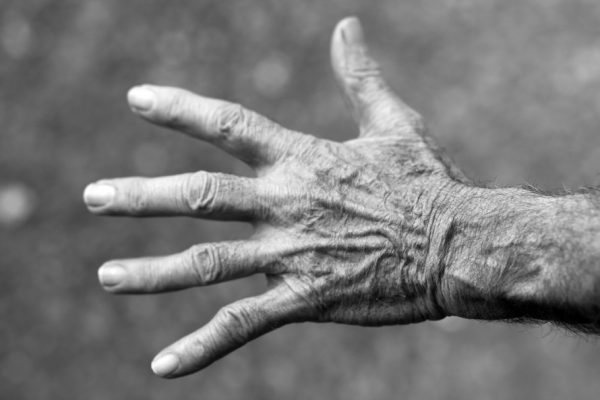DON'T stand on chairs, use stepladders Practice good housekeeping Remove all tripping hazards including uncovered cords, unsafe rugs, etc. Clean up spills immediately
Quick Tips
OSHA describes a qualified worker as a person who has a "recognized degree, certificate, etc., or extensive experience and ability to solve the subject problems, at the worksite." -29 CFR... read more →
In the event of an emergency, having a well-sticked winter emergency kit can be extremely useful. Make sure to pack yours this winter, and to include the following: Warm clothes,... read more →
Use appropriate PPE including skin, eyes, and respiratory protection Ensure worksite is properly ventilated Minimize the creation of dust by keeping the insulation in packaging until just prior to installation... read more →
Stay safe on stairwells by using handrails. The Canadian Centre for Occupation Health and Safety reports that the majority of stairway falls result from a loss of balance. Counteract this... read more →
Drink lots of water during your shift Watch what you eat: snack throughout your shift, instead of large meals (which can make you sleepier) Get plenty of sleep when you... read more →
If you see a safety hazard, immediate report it to your supervisor! If applicable, take measures to ensure that the hazard does not cause any damage prior to be rectified... read more →
Wear warm layers, removing layers as required Pace yourself! Snow shovelling can be strenuous Try to push the snow, instead of lifting When necessary to lift, avoid twisting while lifting Take... read more →
Only operate a forklift if you are trained and qualified to do so Travel at speeds suitable to terrain conditions, and to suit the load being carried Ensure that travel... read more →
HAVS (Hand-Arm Vibration Syndrome) is a condition that affects the nerves, blood vessels, muscles, and joints of the hand, wrist, and arm. The condition, caused by working with vibrating tools,... read more →


